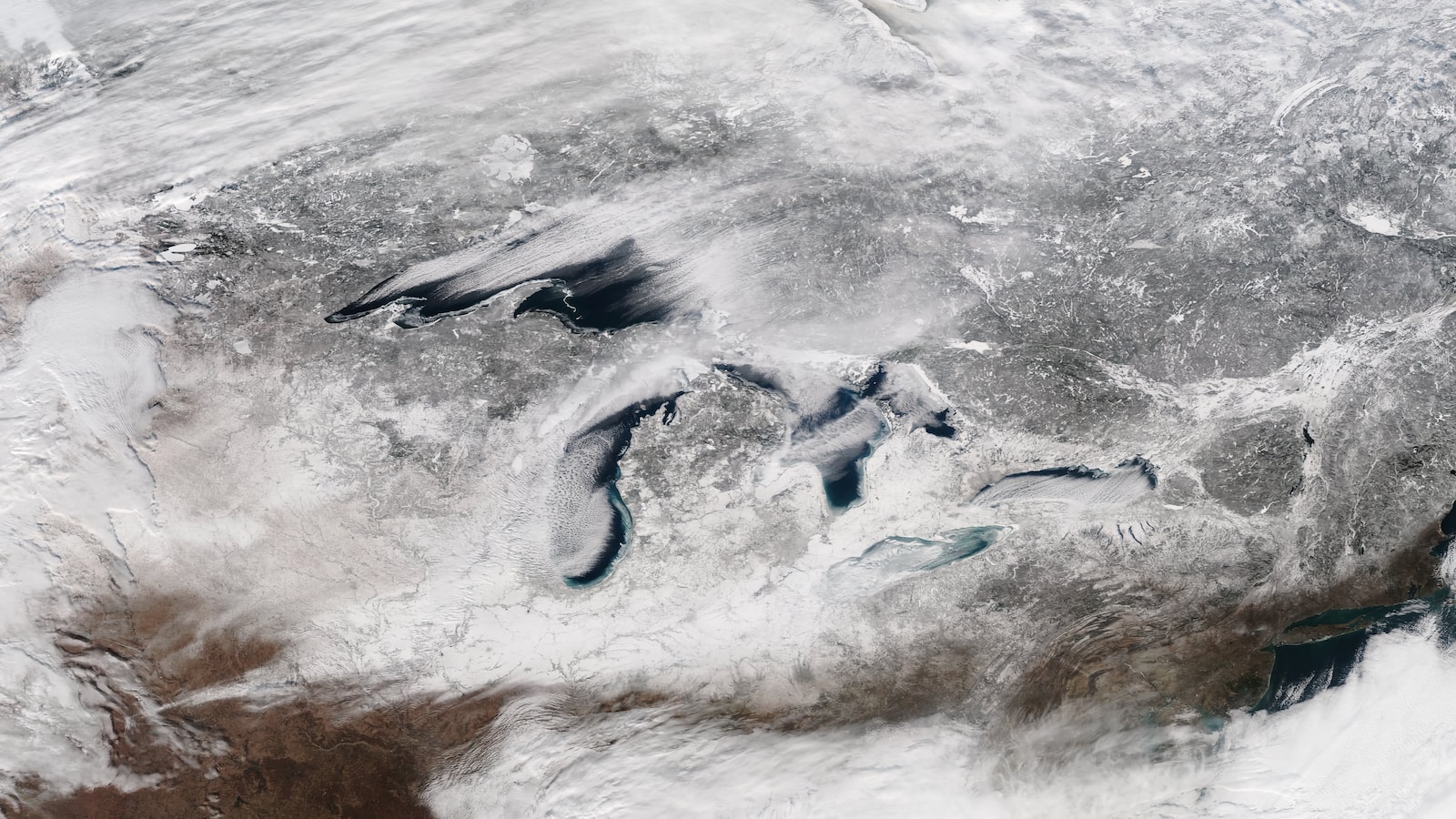Table of Contents
ToggleIntroduction
A comprehensive study conducted by the University of Toronto reveals a deeply concerning reality. Approximately 90% of water samples taken from the Great Lakes over the past decade contain unsafe levels of microplastics. This discovery poses a significant threat to the diverse wildlife inhabiting these waters and raises concerns about potential impacts on human health. The urgency of the situation necessitates swift action from the United States and Canada to mitigate the damaging effects of microplastic pollution.
Alarming Levels of Microplastics in the Great Lakes: A Disturbing Discovery
The Great Lakes, a vital freshwater resource shared by the US and Canada, are facing an ecological crisis. The study’s findings indicate that microplastics have infiltrated the water system at an alarming rate, with about 90% of water samples showing unsafe microplastic levels. This widespread contamination demands immediate attention and action to protect the fragile ecosystem and the millions of people who rely on the Great Lakes for drinking water.
The Extent of the Problem: Risks to Wildlife and Humans
Within the 90% of samples with unsafe microplastic levels, approximately 20% pose the highest risk. The presence of microplastics in the Great Lakes puts wildlife in jeopardy, impacting the 3,500 species of plants and animals that call this region home. However, the consequences for human health remain uncertain. Further research is needed to understand the extent of harm and determine safe exposure levels.
Sources of Microplastic Pollution: Wastewater Treatment Plants and More
While microplastics originate from various sources, the study points to wastewater treatment plants as significant contributors to microplastic pollution in the Great Lakes. These plants, as observed in other regions, release microplastics into the water system. Additionally, microfibers shed from clothing during washing, and preproduction plastic pellets used in manufacturing processes are also common sources of microplastic contamination. Concerningly, microplastics have been found in fish consumed by humans and even in beer brewed with Great Lakes water.
Implications for Human Health: Unanswered Questions
Although exposure to microplastics is apparent, the potential impact on human health remains uncertain. The current lack of research makes it challenging to determine the level of harm or establish safe exposure limits. Understanding the health risks associated with microplastic ingestion or absorption requires further investigation and scientific scrutiny.
Coordinated Monitoring: A Crucial Step Forward
Addressing the microplastic crisis necessitates coordinated efforts by the US and Canadian governments. The existing Great Lakes Water Quality Agreement, which already monitors other pollutants, should include comprehensive monitoring programs for microplastic levels. This enhanced monitoring will enable researchers and regulators to track pollution trends, identify hotspots, and pinpoint major sources of contamination over time.
Promising Solutions: Filtering Technologies and Regulatory Action
Thankfully, solutions to mitigate microplastic pollution in the Great Lakes are within reach. Implementing filtering technologies in washing machines and storm sewers at manufacturing sites can significantly reduce the release of microplastics into the water system. While governments have been aware of the issue for a decade, regulatory action has been slow. The urgency conveyed by this new study underscores the immediate need for proactive measures to address the microplastic crisis.
The Urgency of the Situation: Acting Now for Reversal
Time is of the essence in safeguarding the Great Lakes from the pervasive impact of microplastics. Governments, organizations, and individuals must prioritize the implementation of effective solutions to prevent further contamination. By acting swiftly and decisively, the US and Canada can reverse the damage caused by microplastics, ensuring the preservation of this crucial freshwater ecosystem for future generations.
Conclusion: Protecting the Great Lakes for the Future
The alarming levels of microplastics found in Great Lakes water samples demand urgent action from the US and Canada. The contamination poses risks to wildlife and human health, calling for coordinated monitoring, practical solutions, and regulatory measures. By implementing filtering technologies, such as those in washing machines and manufacturing sites, the release of microplastics can be significantly reduced.
Additionally, including microplastic monitoring in existing water quality programs will provide crucial data to understand pollution trends and identify major sources of contamination. The time to act is now, as the urgency conveyed by this study highlights the need to protect the Great Lakes and ensure a sustainable future for this invaluable freshwater resource.







